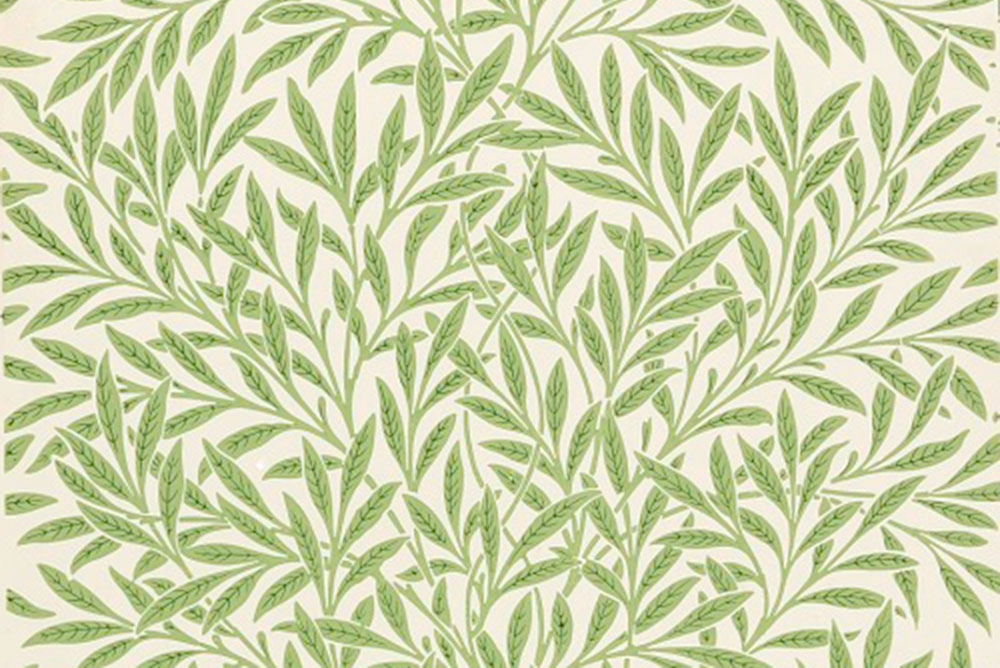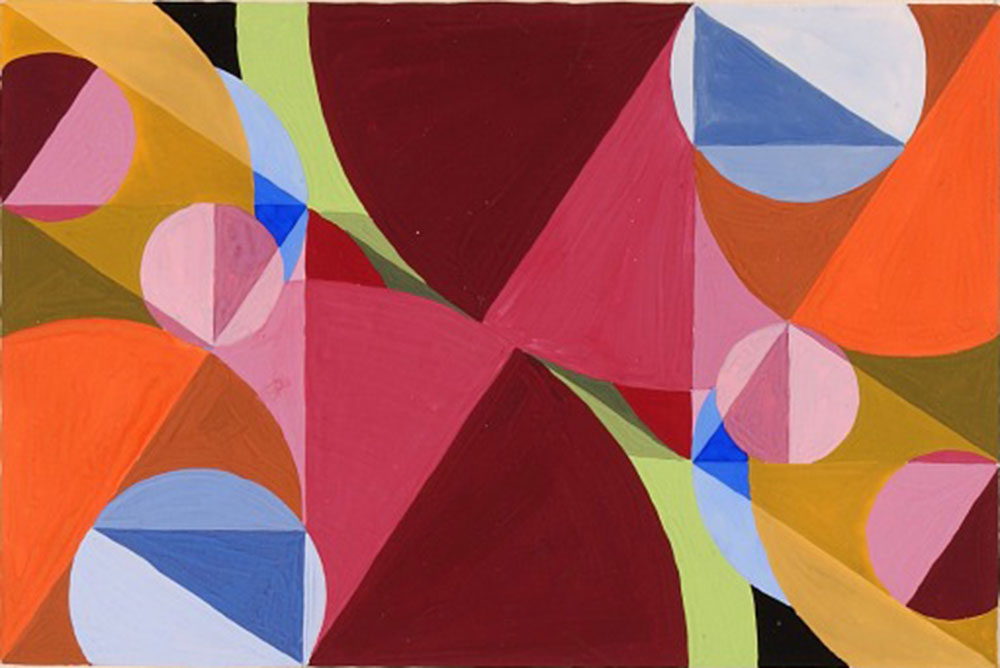. . . HOW MUCH are 2.8 million of them worth in dollars?
The answer is, Priceless, or maybe zero. At least that’s the implied price tag the Smithsonian Institution has placed on the 2.8 million images it released into the wild a year ago, telling teachers, corporations, artists, bloggers and us members of the rank-and-file to feel free to enjoy the images, learn from them, interpret them and, even better, to reproduce, manipulate and publish them.
The Smithsonian, famously America’s Attic, has far more than that in its cache, but 2.8 million available as part of its Open Access Media program constitute a phenomenal start. The images are of paintings, wallpaper, dinosaur bones, temple gongs, beer bottle openers and pandas—don’t forget the pandas! Anyway, you get the picture. And pictures are what we love, so we chose a sampling of them, and these are merely from the very first page of what the Smithsonian is sharing with us.
All of the images have been added to the Creative Commons Zero organization (often rendered CC0) trove, which contains works from just about everyone and everywhere, images that casual photographers, serious painters and enthusiasts of all stripes have donated to the goal of sharing the world’s artistic and even scientific output
Imagine America’s Attic is your family’s; in a way it is. Now go to the Smithsonian’s Digital Backgrounds opening page and start looking around. But keep going . . . and going. Who knows what you’ll find buried there?
—Nancy McKeon

From the Smithsonian Museum of American Art, “Scheherazade,” an oil on canvas by H. Lyman Saÿen, 1875-1918. / Smithsonian American Art Museum, Gift of H. Lyman Saÿen to his nation.

If you’ve ever wanted your Zoom environment to be a seriously lush salon, this may be your chance: “Harmony in Blue and Gold: The Peacock Room” by James McNeill Whistler, reconstructed at the Freer Gallery of Art and Arthur M. Sackler Gallery of the Smithsonian Institution. It was once the dining room of Frederick Richards Leyland, one of Britain’s largest shipowners, who commissioned Whistler to decorate the room on walls of leather (Leyland also commissioned paintings from other pre-Raphaelite artists, including a full-length Whistler portrait of his wife, Frances Leyland). / Gift of Charles Lang Freer.

Looking refreshingly modern, this block-printed wallpaper, “Willow,” was designed by William Morris (1834-1896) and is part of the wallcoverings holdings of the Cooper Hewitt, the Smithsonian’s Design Museum (in New York). / Gift of Cowtan & Tout, Inc.

“Rooftop and Clouds, Paris” is another painting by H. Lyman Saÿen, from the Smithsonian American Art Museum. Perhaps not an antidote to this dreary winter but it is, above all, Paris. / Gift of H. Lyman Saÿen to his nation.

Social distancing, 19th-century-style: “In the Garden,” an 1892-1894 oil on canvas by Thomas Wilmer Dewing. / Smithsonian American Art Museum, Gift of John Gellatly.

A 1934 abstract/geometric opaque watercolor painting by Russian-born Joseph Schillinger, called “Area Broken by Perpendiculars.” / Smithsonian American Art Museum, Gift of Mrs. Joseph Schillinger.

This “Wooded Landscape,” an oil on canvas by Samuel Isham, could reflect your computer mood on broodier days. / Smithsonian American Art Museum, Bequest of the artist.
